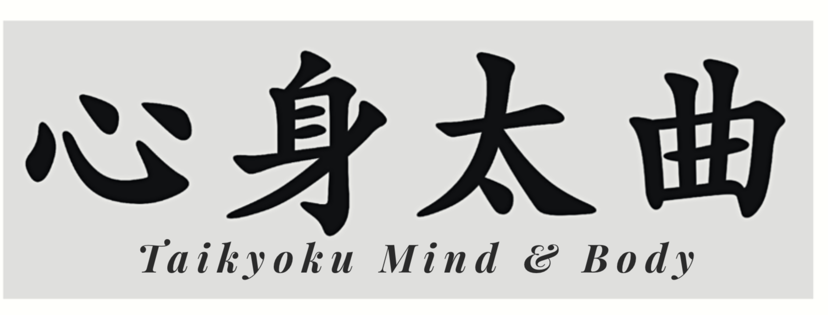When I first began learning aikido, a modern Japanese martial art, many Japanese words were used to express various training concepts. One word I heard used regularly was the word “ukemi.” According to martial artist and author Dave Lowry, “In grappling bugei, the methods of falling safely are collectively called ukemi, the ‘receiving body.’”[1] Falling safely is only one cursory aspect of ukemi. While it took some time to understand exactly what ukemi meant on the surface, it took significantly longer to understand the deeper implications of the concept.
In many martial artists’ minds, ukemi is simply the method used to fall down in such a way as to not hurt oneself. For many years this was my own limited understanding of the ukemi as well. The skill was a useful tool, it kept one safe in the dojo, and saved me from more than one damaging fall on concrete as well, yet that was as far as my understanding went.
To be fair, this limited understanding is valuable in and of itself. Learning to fall properly is probably the most valuable skill one will ever learn in an aikido or judo dojo. Most people live their whole adult lives without ever getting into a fight, yet everyone falls down at some point. Either you trip over an unseen object or slip on ice, but it is inevitable that you will fall. Knowing how to do it safely, having the muscle memory to relax and not brace against the immanent impact is a skill worth having for anyone. That being said this is just the beginning of what ukemi truly is.
My understanding of ukemi was changed by a phrase that came from one the people who have had the greatest influence on my martial arts journey, Ellis Amdur. He repeatedly said during training that, “ukemi is where you learn to fight.” This seems like a complete paradox, and it certainly was to me the first time I heard it. Falling down, or the losing side of an aikido or judo technique is where a person really learns to fight. Really?! This notion is antithetical to a new student who feels the power of a locking or throwing technique. However after many years of contemplating this phrase, I began to see, or rather feel and understand its essential teaching.
On the surface, the act of receiving a technique toughens, strengthens, and stretches the practitioner, turning their body into an object that is akin to a tire: tough, pliable, strong, and resilient. At a deeper level however, ukemi through repetitions of being put in the most awkward of positions through various techniques, allows the practitioner to feel what is happening to him/her, to know the consequences of being put in compromising positions and learn how to extricate oneself from those dangerous places.
While learning the art of the “receiving body” is a process one can think about, it truly is something that the body must learn through repeated exposure. Only then can a grappler learn that a particular lock or choke is not completely inescapable. In addition, through being locked, choked, and turned into a human pretzel again and again, a practitioner’s body learns the early warning signs of an attack or technique. You learn to instantly know the moment before your balance is taken, or the moment a choke or joint lock is becoming a serious danger, which buys you valuable time through which to counter a technique.
Ukemi is usually one of the first teachings one receives as a beginning student who enters an aikido or judo dojo. In many of the koryu (old style Japanese martial arts) the secrets of the arts were often hidden in the very first technique that a student learns. One of the greatest secrets of learning to fight, in a grappling style of martial arts, is in its receiving techniques, wherein one appears to lose.
Jevin Orcutt
[1] Dave Lowry. Sword and Brush: The Spirit of the Martial Arts (Boston, MA: Shambhala Publications, Inc., 1995), 81.
